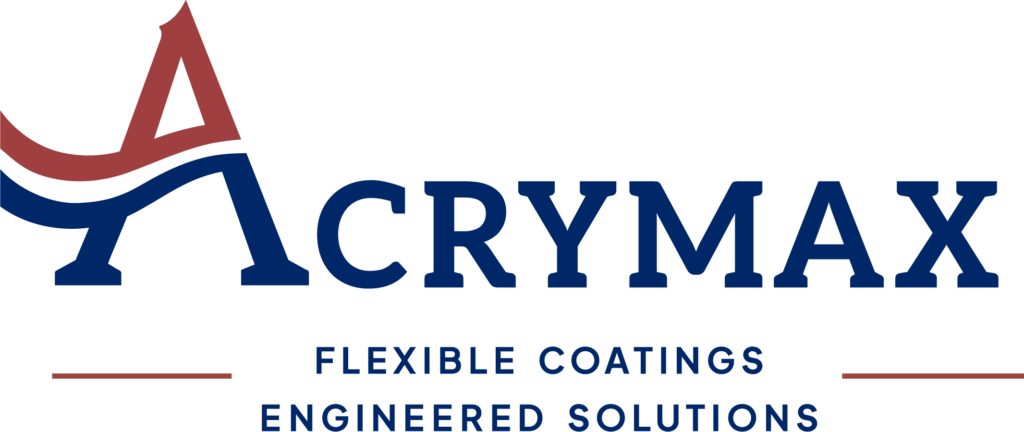This month we commemorate the 54th anniversary of Earth Day, when 20 million Americans, representing 10% of the total population at that time, united on April 22, 1970, to start a movement to protect our environment. At Acrymax today, the commitment to environmental sustainability is deeply ingrained in what we do. Our waterborne coating systems offer a range of benefits that help us fulfill that commitment.
Low VOC
VOC’s contribute to the formation of ozone and other air pollutants, which have detrimental effects on the environment and are harmful to human health. By opting for low VOC coatings, you not only minimize your environmental footprint but also reduce health hazards for both applicators and building occupants. VOC regulations in most parts of the country require less than 250 grams per liter. Acrymax elastomeric coatings have less VOC’s than the most stringent requirements of 50 grams per liter.
Recycled Content
By using recycled raw materials, we are not only conserving our planet’s natural resources but also reducing energy consumption, carbon emissions, and overall resource usage. Working together we can make a positive impact on the environment and create a more sustainable world for future generations. Our AF-130R series of elastomeric coatings use extender pigments derived solely from post-industrial glass feedstocks. They offer exceptional performance and durability.
Building Component Reuse
We live in a throwaway society. The Environmental Protection Agency reports 600 million tons of construction and demolition waste annually. 10% of landfill space is currently taken up by roofing materials alone. Extending the life of existing structures offers an opportunity to reduce this waste significantly. For example, restoration of existing roofs with Acrymax coating systems eliminates the need for costly and waste producing tear offs. Acrymax coatings help protect the environment and provide proven long-term performance.
Energy Saving Reflectivity
Cool roofs and walls are designed to lower building temperatures by reflecting sunlight and absorbing less solar energy. Acrymax began offering reflective white roof coatings in the late 1950’s with the introduction of Hypalon synthetic rubber by the DuPont company. Our current innovative coatings include coatings using infrared reflecting pigments that allow for formulation of coatings in “cool” architectural colors while increasing total solar reflectance (TSR) of the system. Acrymax is an industry member of the Cool Roof Rating Council. This organization provides scientific unbiased information about the radiative properties of roofing and exterior wall products.
Durable Materials
By choosing long-lasting options that reduce the need for frequent replacements, you can actively contribute to waste reduction and resource conservation. Acrymax formulates coatings for the long term. By investing in buildings and infrastructure that are built to last, we can reduce waste and minimize our impact on the environment. Additionally, durable materials and designs can also save money in the long run, as they require less maintenance and repairs.
Bio-Based Raw Materials
Advancements in the development of biobased raw materials for the coatings industry offer the possibility of transforming the industry. By leveraging sustainable and eco-friendly ingredients, these innovations not only can enhance product performance but also contribute to a greener future. Biobased materials offer a realm of possibilities for the coatings industry.
Summary
The coatings industry has made significant strides in developing sustainable and eco-friendly coating systems that can help reduce the environmental impact of various industries. Acrymax is at the forefront of that effort. By making sustainability a key criterion in the selection process, industries can contribute to building a greener world. Choosing sustainable coatings not only benefits the environment but also helps companies meet regulatory requirements and improve their brand image.


